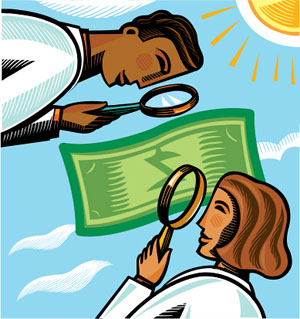Among the reasons behind the nation’s seemingly inexorable rise in medical spending are the practice of rewarding doctors and hospitals for volume rather than efficiency of care and the tax break given to consumers for their job-based health insurance, according to a report out Thursday from the Bipartisan Policy Center, a think tank in Washington.
 The report highlighted more than a dozen issues which are helping to drive up the U.S. health care bill. None will surprise policy wonks: expensive new technology, an aging population beset by chronic illness and high prices for medical services. Still, the policy center hopes to educate the public and Congress, which next year might consider legislation dealing with the issues, including the tax exemption for employer-provided health insurance, estimated to be the nation’s single largest tax break.
The report highlighted more than a dozen issues which are helping to drive up the U.S. health care bill. None will surprise policy wonks: expensive new technology, an aging population beset by chronic illness and high prices for medical services. Still, the policy center hopes to educate the public and Congress, which next year might consider legislation dealing with the issues, including the tax exemption for employer-provided health insurance, estimated to be the nation’s single largest tax break.
The center did not rank the cost drivers in terms of which are the biggest problems, except to say that the aging population adds half a percentage point of cost annually to overall medical spending. So, medical malpractice – frequently cited by politicians and the public when asked what is driving up medical costs – is in the report right alongside high prices charged by medical providers and new technology, which are far bigger drivers.
Thursday’s report is the first from the center’s cost containment initiative, which is led by former Senate Majority Leaders Tom Daschle (D-S.D.) and Bill Frist (R-Tenn.), former Sen. Pete Domenici (R-N.M.) and former Congressional Budget Office Director Alice Rivlin. The center says its next report, due out early next year, will include specific strategies for dealing with each of the issues.






